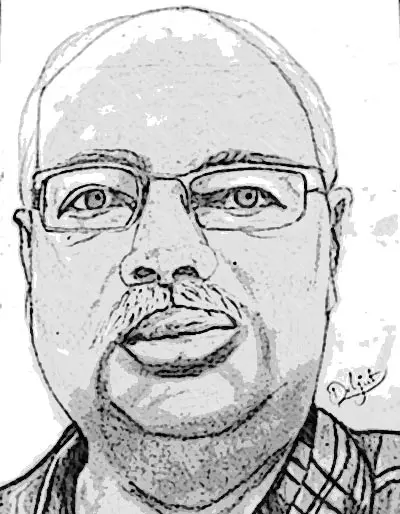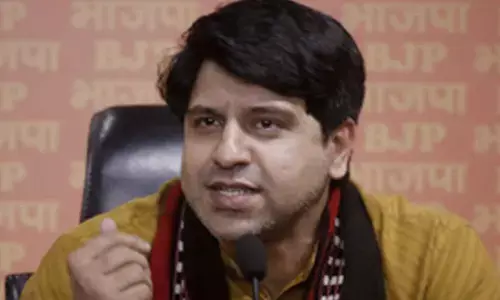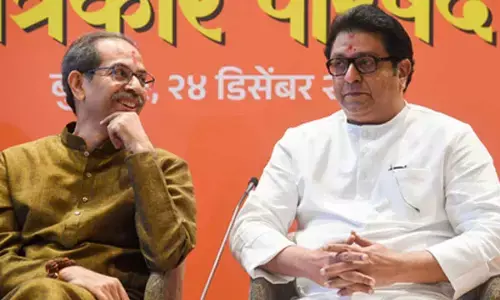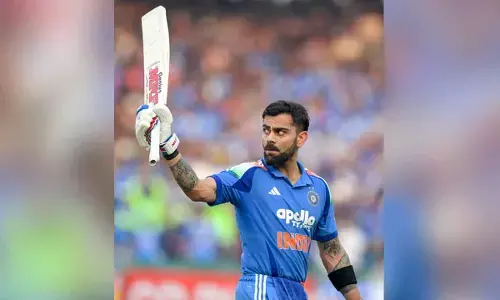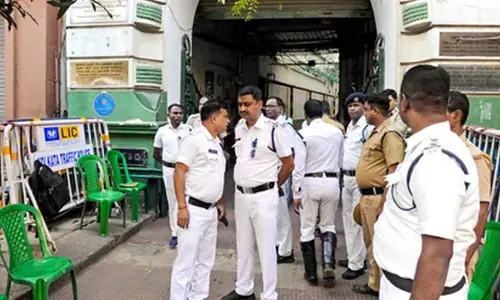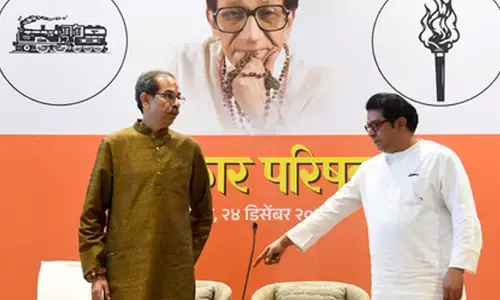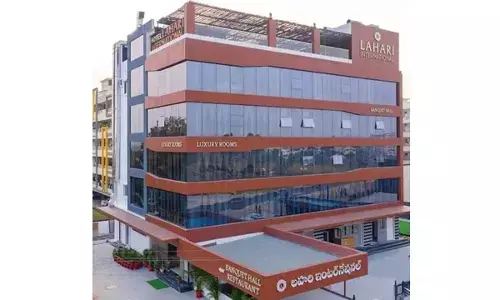Kisko Hatao? Kisko Bithao?

Performance in the assembly polls, seat sharing and lack of any clear-cut roadmap or PM face etc., so far will prove daunting for the INDIA bloc which failed to put up a united face in the state polls. Only if it wins at least two of the states, MP and Chhattisgarh, and either emerges major opposition or wrests power even by a wafer-thin majority, can the Congress prevail upon the bloc to accept Mallikharjun Kharge as the PM face to take on Modi. Before that, the bloc has to iron out dissension, as in the case of SP in UP, and thrash out all alliance issues, and seize a rallying point by January end at least, to get into campaign mode. Else, it will be an uphill task for them
The ongoing state elections would be over and new governments would be in place by the first week of December. The results of these elections will create a litmus test for the Congress party, and it allies in I.N.D.I.A bloc. A big question would be, will this bloc of 26-odd parties be able to stand united and take on the BJP? Who would be its Prime Minister face?
Well, speculations are doing rounds in political circles that the Congress, if it succeeds in forming government in at least two out of the three states, Chhattisgarh and Madhya Pradesh and Telangana, then it would put up the AICC president Mallikarjun Kharge as its PM candidate from Varanasi. For that, it has to show a stellar performance in Telangana, either by emerging as the major opposition or by managing to come to power even by a wafer-thin majority.
Political circles feel that Kharge is the only candidate who could match up to Modi’s mass appeal. However, will the bloc I.N.D.I.A agree for this proposal? So far, the alliance has been saying that they will first go in for seat-sharing and decide on the issue of PM after the elections.
The advantage BJP has is Modi’s mass appeal in Varanasi and the foot soldiers who relentlessly spread the party’s agenda even when there are no polls around. This kind of network no other party has got, not even the regional parties in UP.
Meanwhile, the BJP and the Congress have already started strengthening and channelising their social media wings. The Congress knows that it is not easy to beat the NDA alliance and, hence, wants to make the best use of digital media. They are already doing in the current Assembly elections.
Each party has hired top “creative minds” to hook viewers and netizens on platforms viz., Instagram, Facebook and twitter (X), putting up a plethora of eye-catching posters, memes, reels and infographics. They feel that each one including posters has a great impact on the minds of voters. This goes contrary to some social media planners, who feel that posters will not get traction. In fact, the stage is set for poster war on social media by all political parties. The social media strategists claim that memes and reels may catch eyeballs, but it is the posters which can articulate more on FB, Insta and X.
Since most of the media in the country is managed by the ruling parties, whether it be at the national level or in states, the oppositions parties feel that they would not get enough space either in the print media or proper air time on TV for conveying their views. The best way to reach out to most of the voters is through social media, they feel.
If Congress wins Chhattisgarh and Madhya Pradesh and if it can give a repeat performance of Karnataka in Telangana or at least emerge number two party, it will demand major share of the cake in the Lok Sabha elections. Hence, the 2024 polls are poised to become crucial. To what extent and how fast the Bloc I.N.D.I.A would be able to come to an agreement on seat sharing would indicate how much dent it can make on the BJP-led NDA alliance. Unless they do it by January end and get into campaign mode, it would be an uphill task for the I.N.D.I.A to take on the BJP and pave its path to victory.
We have seen how the Congress and the Samajwadi Party had serious differences regarding seat sharing in Madhya Pradesh and Rajasthan. Samajwadi Party chief Akhilesh Yadav even said that it would be tit-for-tat in UP Lok Sabha elections. It is already going ahead with the process of identifying the winning horses for the 80 seats. He even said that SP being the major force in UP, his party should get a major share of seats when the bloc INDIA sits down to finalise seat sharing. It is said that the SP may demand around 65 seats. It had shown a good performance in over 60 LS constituencies in the last Assembly elections. This means that only 15 to 20 seats would be left for alliance partners. But the big question here is will Congress accept it? If it emerges as a significant force in the ongoing assembly elections and if it puts up Kharge against Modi as PM face, it would demand at least 30 seats, if not more. Rashtriya Lok Dal also wants about 20 seats. AAP, too, would demand as many as 5 seats.
How the senior leaders would handle this political chessboard and resolve the conflict would be not only a litmus test for the bloc INDIA but will also generate lot of interest among the voters. Evolving a seat sharing formula is not such an easy task. There is every possibility that the bloc INDIA may lose the golden hour in discussions on seat sharing if it does not start the process early.
One might argue that in the past, too, these political parties united. Yes, but then the issues were different. I.N.D.I.A still relies more on traditional strategies like caste politics. They badly lack cohesiveness. Even Congress seems to be relying on caste politics as it is emphasising on caste census. This is a paradigm shift from its earlier stand of casteless society. On one hand, it talks of ‘Mohabbat ki Dukan’ and uniting all sections of the society but in elections it wants to hinge on caste-based politics. Another factor the opposition must take into consideration is religious polarisation which certainly is at its peak. Religion and communal factors could sway, particularly, middle-class voters.
The Congress party in a resolution adopted by the Congress Working Committee in 2004 asserted that Hinduism was vital for national secularism. Now it has taken up a new narrative of tolerant Hindus as against assertive Hinduism of BJP. During the era of Nehru and Indira Gandhi, secularism was their mantra, and they were not regular visitors to temples.
But Rahul Gandhi while swearing by secularism frequently visits temples to tell the people that they are second to none in believing in Hinduism. But what is most important is that the bloc I.N.D.I.A needs to learn lessons from the previous coalitions before they hit the road if they really want to win the voters’ confidence. Faces and personalities now play a major role than party symbols. Money power may help in garnering a maximum of 10% votes, but what is most important is a strong PM face who can take bold policy decisions.
If the Congress and the alliance partners try to build a narrative around Adani or such issues, it would not cut much ice with the voters. The alliance needs a clear road map, and all should be on the same page. There is no popular wave this time unlike in the past when the entire opposition united on issues such as Emergency or Bofors issue. I.N.D.I.A missed a chance to display their unity during the Assembly elections which puts question mark on their unity efforts during Lok Sabha elections.
The only silver lining is that if BJP suffers some setback in the ongoing assembly elections, it can provide some ammunition to the bloc. In which way it will work remains to be seen.
What the opposition bloc needs to understand is that the inauguration of Ram temple at Ayodhya in January could be a trump card for the BJP during the campaign, more so in the Hindi heartland.

